Advertisement
If you have just heard about generative AI, you are not alone. Thousands of people, including hundreds of young minds, learned about gen AI after the introduction of ChatGPT. Since then, generative AI has been in the spotlight, and several firms have made bold predictions about it. According to Gartner, by 2026, more than 100 million people will be using generative AI to help with their jobs.
McKinsey conducted a survey and found that 65% of organizations regularly use generative AI. More surprisingly, these numbers are expected to rise in the future. This raises the question of how generative AI is being applied across different industries. Fortunately, we have the answer to this query, so keep reading to understand how generative AI is transforming different industries and allowing them to achieve extraordinary results!
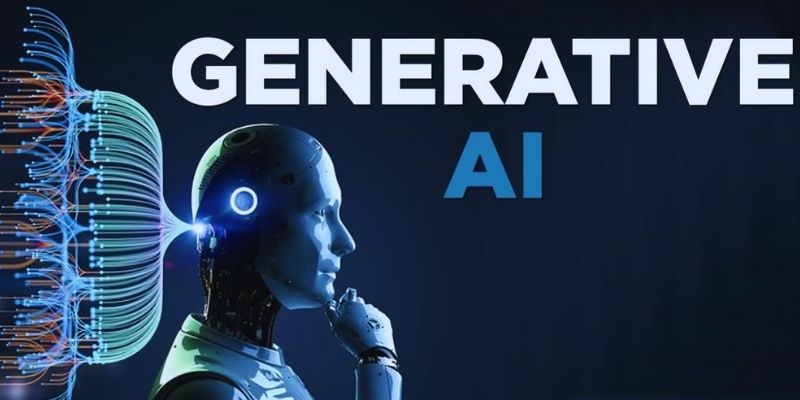
Below, you can find different industries that are using generative AI to meet their business goals:
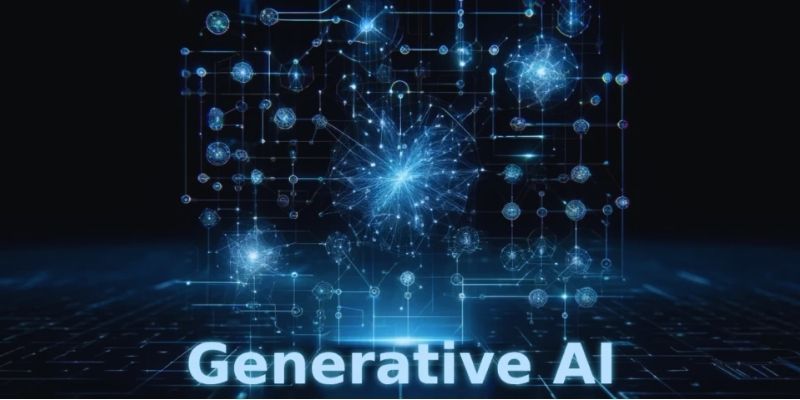
Generative AI is changing how many industries work by making tasks faster, easier, and more accurate. This technology is helping businesses save time, reduce costs, and improve results. It can create content, design products, predict problems, and manage resources better. As more people and companies start using generative AI, its impact will continue to grow. You can stay ahead of the competition and find new ways to grow by learning how it works and exploring how it fits into your organization. Generative AI is still growing, but the benefits are already clear.
Advertisement
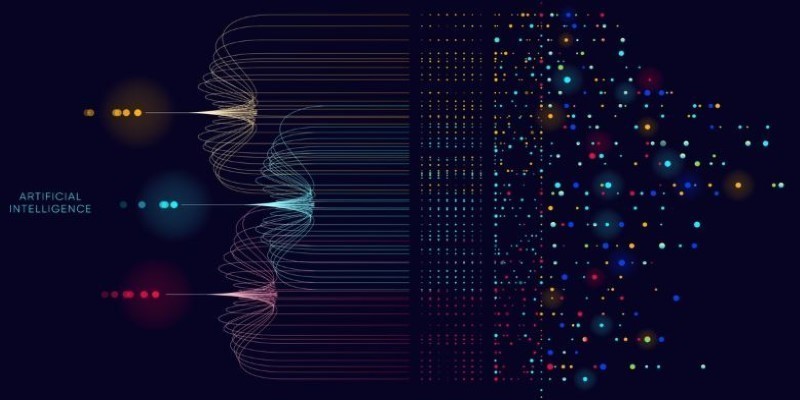
An AI startup has raised $1.6 million in seed funding to expand its practical automation tools for businesses. Learn how this AI startup plans to make artificial intelligence simpler and more accessible

Writer unveils a new AI platform empowering businesses to build and deploy intelligent, task-based agents.
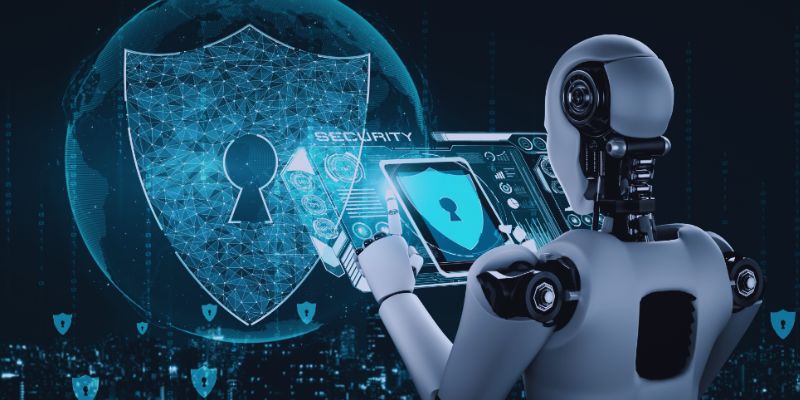
Know how AI transforms Cybersecurity with fast threat detection, reduced errors, and the risks of high costs and overdependence

Discover the exact AI tools and strategies to build a faceless YouTube channel that earns $10K/month.

How does an AI assistant move from novelty to necessity? OpenAI’s latest ChatGPT update integrates directly with Microsoft 365 and Google Workspace—reshaping how real work happens across teams
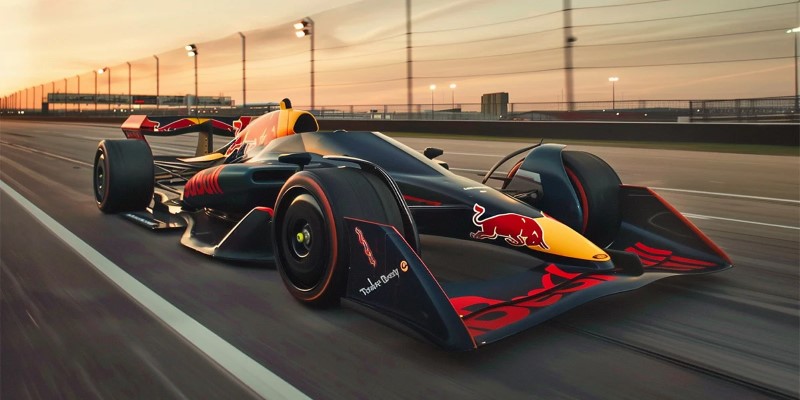
Can AI really help a Formula One team build faster, smarter cars? With real-time data crunching, simulation, and design automation, teams are transforming racing—long before the track lights go green

Snowflake's acquisition of Neeva boosts enterprise AI with secure generative AI platforms and advanced data interaction tools
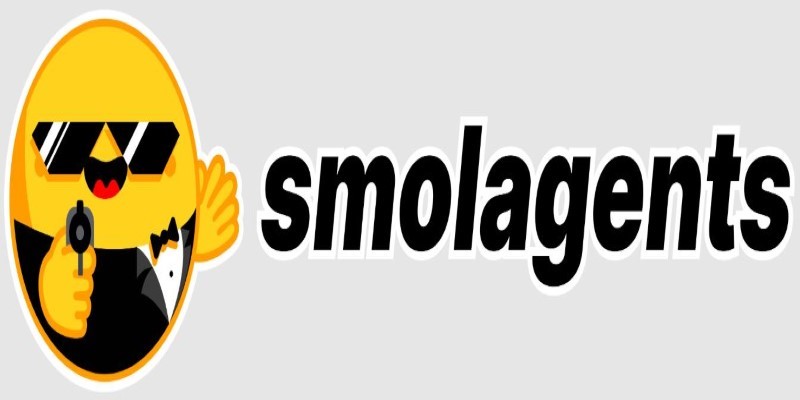
Can small AI agents understand what they see? Discover how adding vision transforms SmolAgents from scripted tools into adaptable systems that respond to real-world environments
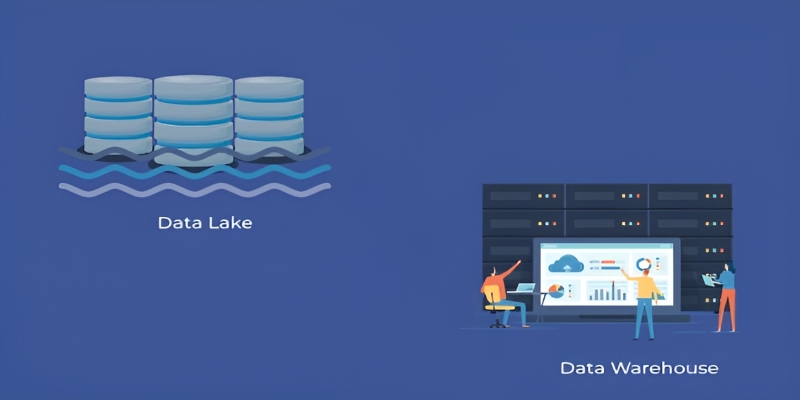
Wondering whether a data lake or data warehouse fits your needs? This guide explains the differences, benefits, and best use cases to help you pick the right data storage solution
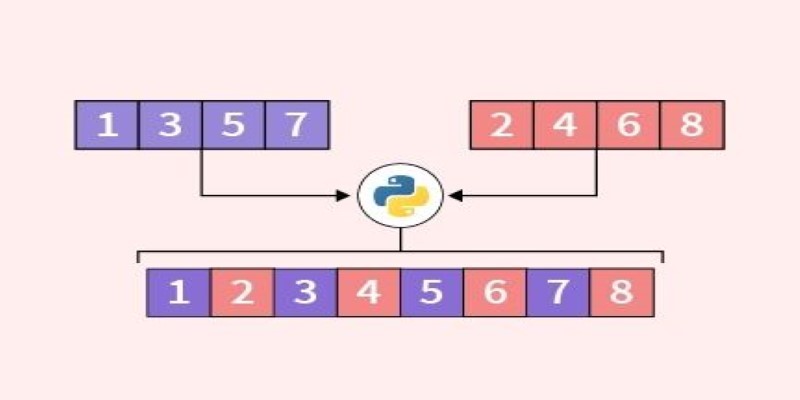
Looking for the best way to merge two lists in Python? This guide walks through ten practical methods with simple examples. Whether you're scripting or building something big, learn how to combine lists in Python without extra complexity

How MPT-7B and MPT-30B from MosaicML are pushing the boundaries of open-source LLM technology. Learn about their architecture, use cases, and why these models are setting a new standard for accessible AI

What non-generalization and generalization mean in machine learning models, why they happen, and how to improve model generalization for reliable predictions